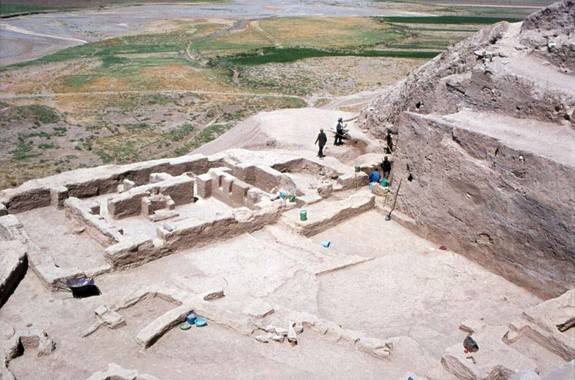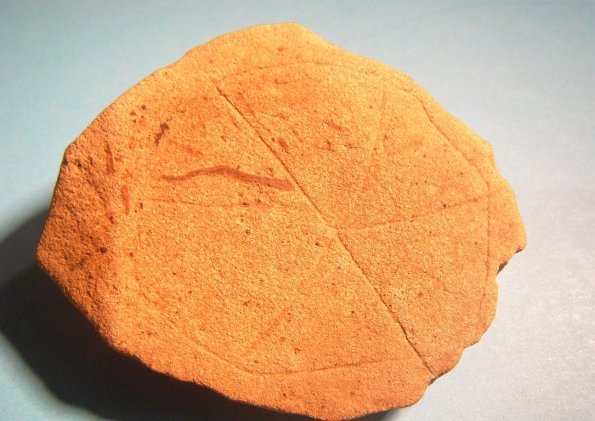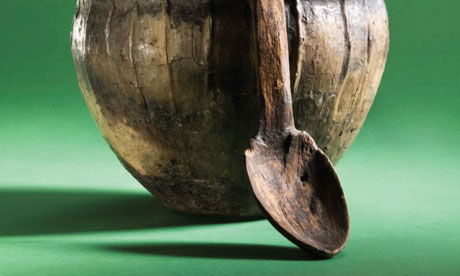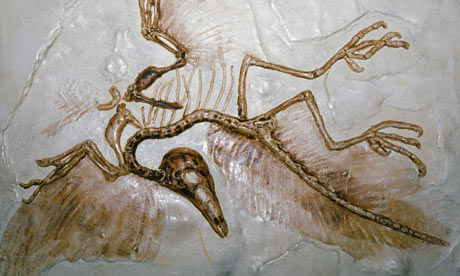
Some 5,200 years ago, in the mountains of western Iran, people may have used takeout windows to get food and weapons, newly presented research suggests.
But rather than the greasy hamburgers and fries, it appears the inhabitants of the site ordered up goat, grain and even bullets, among other items.
The find was made at Godin Tepe, an archaeological site that was excavated in the 1960s and 1970s by a team led by T. Cuyler Young Jr., a curator at the Royal Ontario Museum in Toronto, Canada, who died in 2006.
A team of researchers took up his work after he died and recently published the results of the excavation, along with more recent research on the artifacts, in the book On the High Road: The History of Godin Tepe (Hilary Gopnik and Mitchell Rothman, Mazda Publishers, 2011). In addition a symposium was held recently where the takeout windows, among other research finds at Godin Tepe, were discussed.
The idea that they were used as takeout windows was first proposed by Cuyler Young and is based mainly on their height and location beside the central courtyard.
The windows could have been used by ordinary individuals or perhaps by soldiers "driving through" to grab some food, or even weapons.











